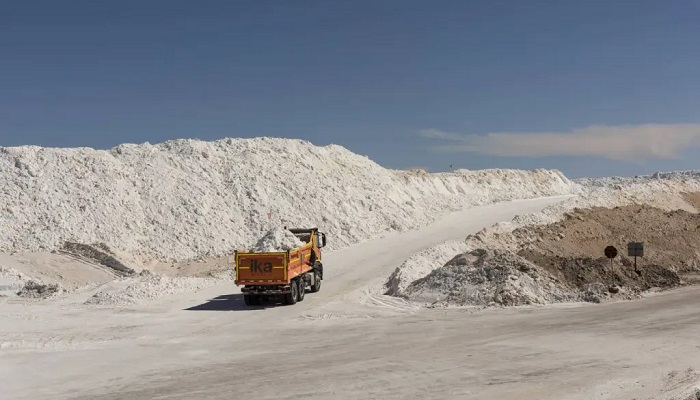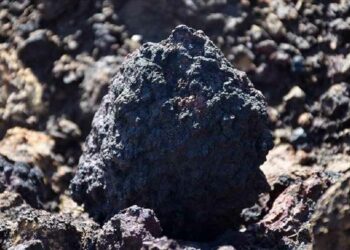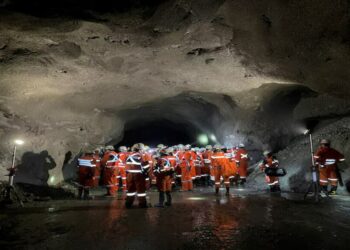The surge in mergers and acquisitions (M&A) activity within Australia’s mining industry is set to continue for a prolonged period as businesses strive to maximize their stake in the wealth emanating from the shift to renewable energy. This comes after a decade marked by a notable lack of investment in new resource ventures.
Over the past decade, mining companies have primarily prioritized cash flow and shareholder returns, often overlooking growth opportunities. However, this year has witnessed a significant transformation, with firms increasingly investing in new projects that cater to the escalating demand for raw materials essential for a greener, carbon-neutral future.
Indeed, the value of mergers and acquisitions involving mining firms listed on ASX has already soared to a record $US30.5 billion ($46.2 billion) this year. This surge is fuelled by inflationary pressures as companies seek to mitigate high exploration and setup costs by acquiring operations that are near or already in production.
The industry has long debated the merits of buying versus building assets, and generally, it proves more economical to purchase assets than to develop them. The domestic lithium sector, hosting some of the year’s most significant deals, is set to see more M&As. The lithium market is now undergoing consolidation, and companies operating in regions with favourable mining policies could attract higher valuations. The drop in lithium prices earlier this year, which impacted the producers’ share prices, has spurred the uptick in acquisitions. In the gold sector, the largest deal is Newmont’s $26.2 billion takeover bid for Australia’s largest gold miner, Newcrest Mining. The gold industry tends to have more M&As due to its exploration-intensive nature and the shorter lifespan of gold assets.
Mining companies are mainly targeting “tier-one assets”, which are typically low-cost, long-life projects in regions with low political and legal risks. However, these premier assets are rarely available and often command high prices if they need to be upgraded to tier-one status.










